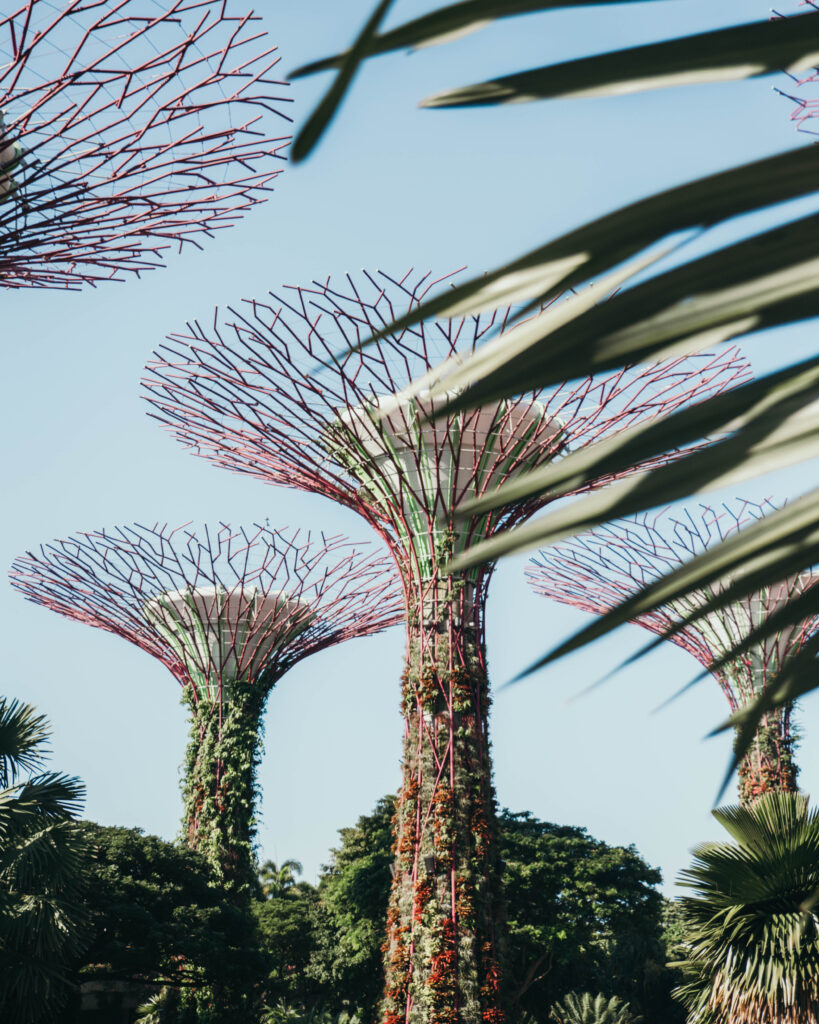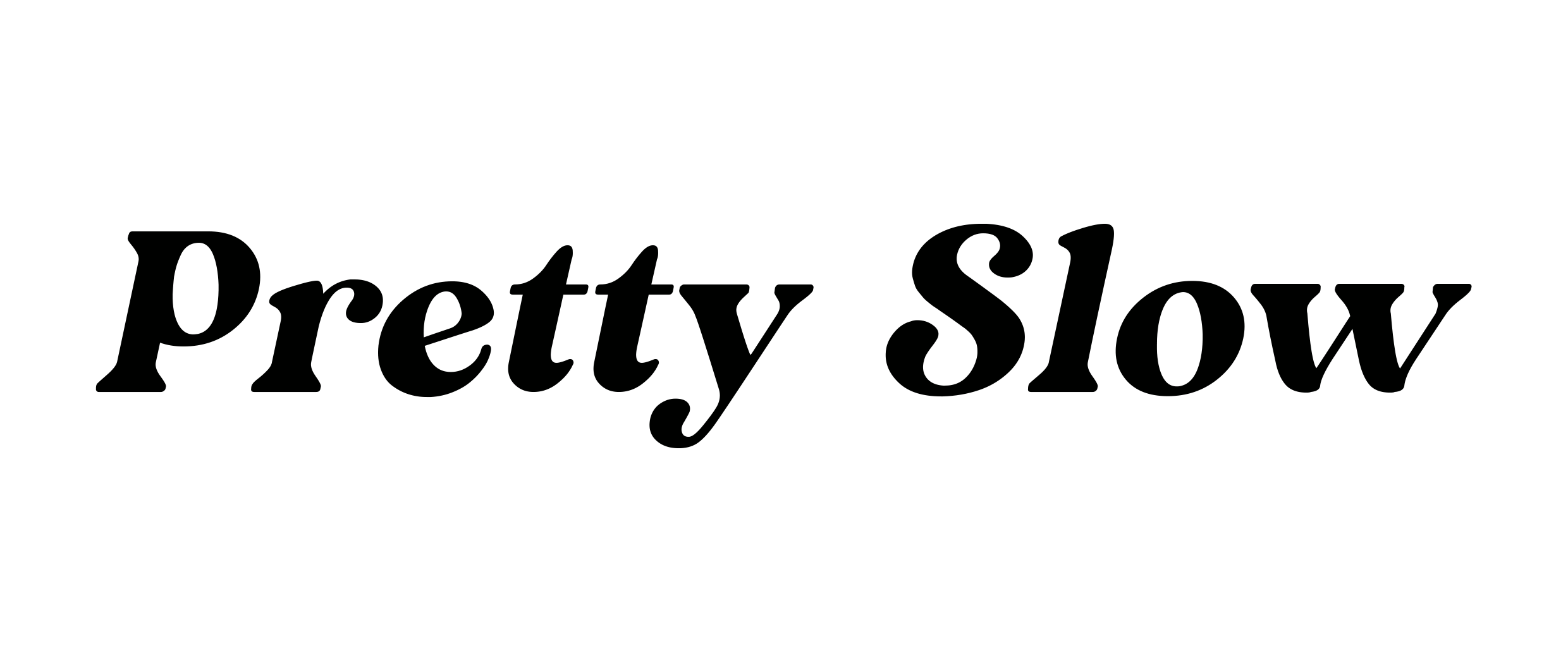Biophilic design is an approach to architecture and interior design that incorporates nature and natural elements into the built environment.
The term “biophilia” was coined by biologist Edward O. Wilson and refers to the inherent human connection and affinity for nature.
Biophilic Design recognizes the numerous benefits of connecting people with nature in their living and working spaces. It seeks to create environments that enhance occupant well-being, productivity, and overall quality of life by incorporating natural elements, patterns, and processes.
What are the pillars of biophilic design?
Key principles of biophilic design include:
- Nature in the space: This involves integrating actual living plants, water features, and natural materials such as wood and stone into the design. It may include indoor gardens, green walls, or the strategic placement of plants.
- Natural light and views: Maximizing the use of natural light and providing views of the outdoors are important aspects of biophilic design. Large windows, skylights, and open layouts that allow for ample daylight and views of nature help create a connection to the natural world.
- Organic shapes and patterns: Using organic, flowing shapes and patterns that mimic those found in nature can evoke a sense of calm and relaxation. Curved lines, fractal patterns, and biomorphic forms can be incorporated into architectural elements, furnishings, and artwork.
- Natural materials and textures: Incorporating natural materials like wood, stone, bamboo, and natural textiles can create a tactile connection to the environment. Textures that resemble natural elements, such as rough or smooth surfaces, can enhance the sensory experience.
- Indoor air quality: Biophilic Design also considers indoor air quality by incorporating proper ventilation systems and using low-VOC (volatile organic compound) materials. Good air quality promotes a healthier and more comfortable environment.
- Wildlife habitat and biodiversity: Designing spaces that support wildlife and promote biodiversity is another aspect of biophilic design. This can include features that attract and support local flora and fauna.
The benefits of Biophilic Design include reduced stress, increased productivity, improved cognitive function, enhanced creativity, and better overall well-being. By integrating nature into our built environments, Biophilic Design aims to create spaces that foster a deep connection between humans and the natural world.

What are the main elements of Biophilic Design?
Biophilic design incorporates various elements that aim to connect people with nature and create a harmonious environment. The main elements of biophilic design include:
- Natural light and views: Maximizing access to natural light and providing views of the outdoors are crucial aspects of biophilic design. This can be achieved through large windows, skylights, or the strategic placement of interior spaces to optimize views of nature.
- Living plants and vegetation: Incorporating living plants and vegetation is a fundamental element of biophilic design. This can range from potted plants and vertical gardens to interior courtyards and green walls, bringing nature indoors and enhancing air quality.
- Natural materials and textures: Using natural materials and textures helps create a sensory connection to the environment. Examples include wood, stone, water, and natural fibres. Textures that mimic natural elements, such as rough or smooth surfaces, can also be integrated.
- Nature-inspired patterns and shapes: Biophilic design often incorporates patterns and shapes inspired by nature. This includes fractal patterns, biomorphic shapes, and flowing forms reminiscent of natural elements like waves or tree branches.
- Biomimicry: Biomimicry involves emulating natural systems and processes in design. It seeks to draw inspiration from nature’s forms, functions, and processes to solve human challenges. Examples include incorporating natural ventilation strategies, imitating patterns found in natural structures, or designing buildings that mimic ecosystems.
- Water features: Incorporating water elements such as fountains, ponds, or indoor waterfalls can create a calming and soothing atmosphere. The sight and sound of water evoke a connection to nature and help reduce stress.
- Sensory stimuli: This kind of design considers sensory experiences, including sounds, smells, and textures. It seeks to create spaces that engage multiple senses, such as the sound of running water, the scent of flowers, or the feel of natural materials.
- Wildlife habitats and biodiversity: Biophilic design may integrate features that attract and support wildlife, such as bird feeders, bat houses, or green roofs that provide habitats for insects and birds. Promoting biodiversity enhances the ecological value of a space.
These elements can be combined in various ways, depending on the context and goals of the design, to create environments that foster a strong connection to nature and promote well-being.
What are the benefits of biophilic design?
Biophilic Design offers numerous benefits for both individuals and the environment. Here are some of the key advantages:
- Improved well-being: Biophilic Design has been shown to enhance overall well-being and quality of life. Exposure to nature and natural elements has a calming effect, reducing stress levels and promoting relaxation. It can also help improve mood, increase self-esteem, and support mental and emotional well-being.
- Increased productivity: Incorporating biophilic elements in workspaces has been linked to higher productivity and creativity. Access to natural light, views of nature, and the presence of plants and greenery can improve concentration, focus, and cognitive performance.
- Enhanced physical health: Biophilic Design can have positive effects on physical health. Natural light promotes better sleep patterns and helps regulate circadian rhythms, leading to improved overall health. Access to nature and green spaces has also been associated with increased physical activity and a lower risk of certain health conditions.
- Stress reduction: Exposure to nature and biophilic design elements can significantly reduce stress levels. Studies have shown that being in nature or even viewing nature images can lower blood pressure, decrease heart rate, and reduce stress hormones like cortisol.
- Improved air quality: Biophilic Design often incorporates strategies to improve indoor air quality. The use of plants, natural ventilation systems, and low-VOC materials can help reduce indoor air pollution, leading to healthier indoor environments.
- Connection to nature: This type of design helps foster a stronger connection to the natural world. This connection has been shown to promote a sense of awe, wonder, and harmony with nature. It can increase environmental awareness, empathy for other living beings, and a desire to protect and conserve natural resources.
- Sustainability: Biophilic Design aligns with sustainable practices by emphasizing the use of natural materials, energy efficiency, and ecological considerations. By integrating nature into the built environment, it encourages a more sustainable and regenerative approach to design and construction.
Overall, biophilic design creates spaces that promote human well-being, productivity, and environmental sustainability. By incorporating elements of nature into our built environments, we can experience numerous benefits that positively impact our physical and mental health, productivity, and connection to the natural world.

What is the difference between Green and Biophilic Design?
Green Design and biophilic design are two related but distinct concepts in the field of sustainable architecture and interior design.
Green Design, also known as sustainable design or eco-design, focuses primarily on minimizing the negative environmental impact of buildings and promoting sustainable practices. It aims to reduce energy consumption, conserve resources, and minimize waste throughout the life cycle of a building. Green design principles include energy efficiency, renewable energy use, water conservation, waste reduction, and the use of environmentally friendly materials.
On the other hand, Biophilic Design goes beyond environmental sustainability to emphasize the human connection with nature and the benefits of incorporating natural elements into the built environment. Biophilic Design seeks to create spaces that enhance human well-being, productivity, and overall quality of life by integrating nature and natural patterns into the design.
While both Green and Biophilic designs aim to create sustainable and environmentally conscious spaces, they have different focuses. Green design primarily addresses buildings’ environmental impact and resource efficiency, while biophilic design emphasizes the human experience and the psychological and physiological benefits of being connected to nature.
Green design often incorporates energy-efficient systems, sustainable materials, and resource conservation strategies, while biophilic design includes elements such as natural light, vegetation, natural materials, and views of nature to create a connection to the natural world.
Green Design primarily focuses on environmental sustainability, while Biophilic Design aims to enhance human well-being by creating spaces that foster a strong connection to nature. Both approaches are valuable in creating sustainable and healthy built environments and can complement each other in creating holistic and environmentally conscious designs.
In summary, these are the main differences between the two:
- Focus: Green Design primarily focuses on minimizing the negative environmental impact of buildings and promoting sustainable practices. It emphasizes resource efficiency, energy conservation, water conservation, waste reduction, and the use of environmentally friendly materials. Biophilic Design, on the other hand, places emphasis on the human-nature connection and seeks to integrate natural elements and patterns into the built environment to enhance human well-being and create a stronger bond with nature.
- Objectives: Green Design aims to reduce the ecological footprint of buildings and make them more environmentally sustainable. It strives to address issues such as energy consumption, carbon emissions, water usage, and waste generation. Biophilic Design, in addition to addressing sustainability, focuses on the physiological, psychological, and emotional benefits of being connected to nature. It aims to create spaces that improve human health, productivity, and overall quality of life.
- Strategies and Elements: Green design employs strategies such as energy-efficient systems, renewable energy use, efficient water fixtures, recycled materials, and waste management practices. It focuses on incorporating sustainable technologies and minimizing the consumption of resources. Biophilic Design utilises natural elements such as daylight, views of nature, living plants, natural materials, and water features to create a stronger connection to the natural world. It also emphasizes the use of organic shapes, patterns, and textures inspired by nature.
- Human Experience: While both Green Design and Biophilic Design prioritize human well-being, Biophilic Design places a stronger emphasis on creating spaces that positively impact the human experience. It seeks to enhance cognitive function, reduce stress, increase productivity, and promote overall well-being by integrating nature and natural elements into the design. Green Design, while considering occupant comfort, focuses more on reducing the environmental impact of buildings.

What are the best examples of biophilic design in modern architecture?
There are several notable examples of modern architecture that incorporate biophilic design principles. Here are a few:
- Amazon Spheres, Seattle, USA: Located at the headquarters of Amazon in Seattle, the Amazon Spheres are three interconnected glass domes filled with a diverse array of plant life. The design provides employees with a lush, natural environment to work in, promoting well-being and creativity.
- Bosco Verticale (Vertical Forest), Milan, Italy: Designed by architect Stefano Boeri, the Bosco Verticale is a pair of residential towers covered in a vertical forest of trees and plants. The towers help improve the air quality, reduce noise, and provide a habitat for birds and insects, all while offering residents a strong connection to nature.
- Singapore’s Gardens by the Bay, Singapore: This iconic project features vast landscaped gardens, futuristic Supertrees, and two large climate-controlled conservatories called the Flower Dome and the Cloud Forest. These structures house a wide variety of plant species, creating immersive biophilic experiences for visitors.
- Nk’Mip Desert Cultural Centre, Osoyoos, Canada: Designed by DIALOG, the Nk’Mip Desert Cultural Centre is a sustainable facility that blends with the surrounding desert landscape. The centre incorporates earth tones, local materials, and natural daylight, and its undulating form mirrors the nearby sand dunes.
- Bullitt Center, Seattle, USA: Designed by The Miller Hull Partnership, the Bullitt Center is an innovative office building often referred to as the “greenest commercial building in the world.” It features a variety of biophilic design elements, including abundant natural light, operable windows for fresh air, and a rooftop garden.
These examples showcase the diverse ways Biophilic Design can be integrated into modern architecture, providing occupants with spaces that connect them to nature, improve well-being, and promote sustainability.
Pictures: Elina Sazonov, Alex Barnes, Hussein Haidar, Mathias Reding.


